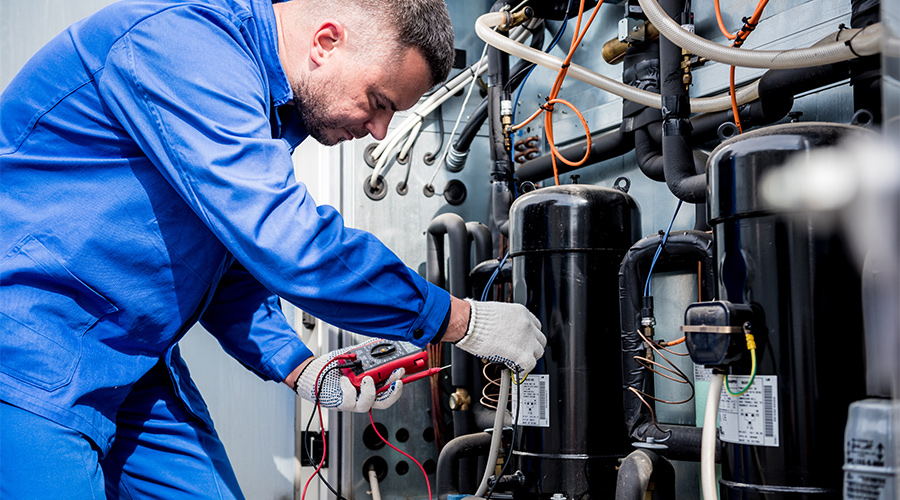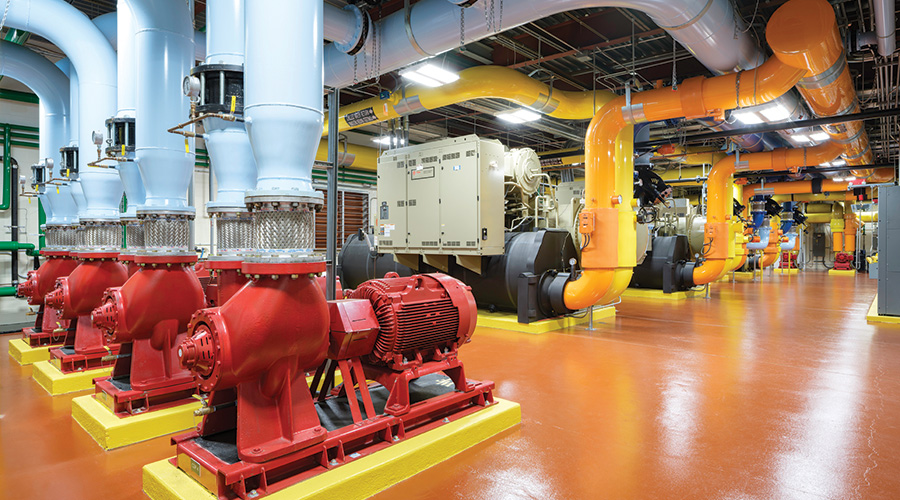Needs Assessment: Portable Cooling for Critical Operations
In order for managers to respond quickly to cooling system outages, they must have a plan in place before the crisis hits. Trying to figure out the right system for a situation and then locating it and getting it in place after an outage occurs simply will not work.
Managers must match units to the needs and conditions found in the areas that require immediate cooling. Managers can start this process by identifying critical areas in facilities that demand cooling. For example, computers, telecommunication, and other sensitive electronic equipment might require cooling 24/7 to prevent overheating and damage. Even certain areas where cooling is strictly for comfort might have critical needs, particularly if the loss of cooling would result in significant operating losses for the facility.
For each such area, managers need to estimate the size of the portable unit to be brought in temporarily. If the unit is too small, it cannot cool the space properly. If the unit is too large, the result will be inefficient operation and lack of humidity control.
The most accurate way to size a portable unit is for engineers to perform load calculations for the space, taking into account heat gains from exterior walls, windows, people, equipment, and surrounding areas. But managers can use several guidelines to develop quick estimates of cooling requirements.
For example, if a space has no unusual loads, such as large areas of south-facing windows or heat-producing equipment, the rule of thumb is to provide 1 ton of cooling for every 500 square feet of space. If the space has unusual heat-producing loads, managers can assume 2 tons of cooling per 500 square feet of space.
Next, managers must identify factors related to the specific application. Does the area have sufficient power for the portable cooling unit? What voltage is the power supply? How and where will the unit reject heat? What size must portable units be to fit in the space? Are there weight and noise limits? What other modifications does the space require to integrate the portable cooling unit to a particular application? Managers must address all of these issues well in advance of an actual cooling outage.
Larger applications require additional considerations. Trailer-mounted units need a location close to the application. Besides power demands, some larger units might require access to a supply of water or even branch piping that connects to the building's chilled-water system. Only by evaluating these factors first can managers identify the most appropriate temporary system for a particular application.
Related Topics:














